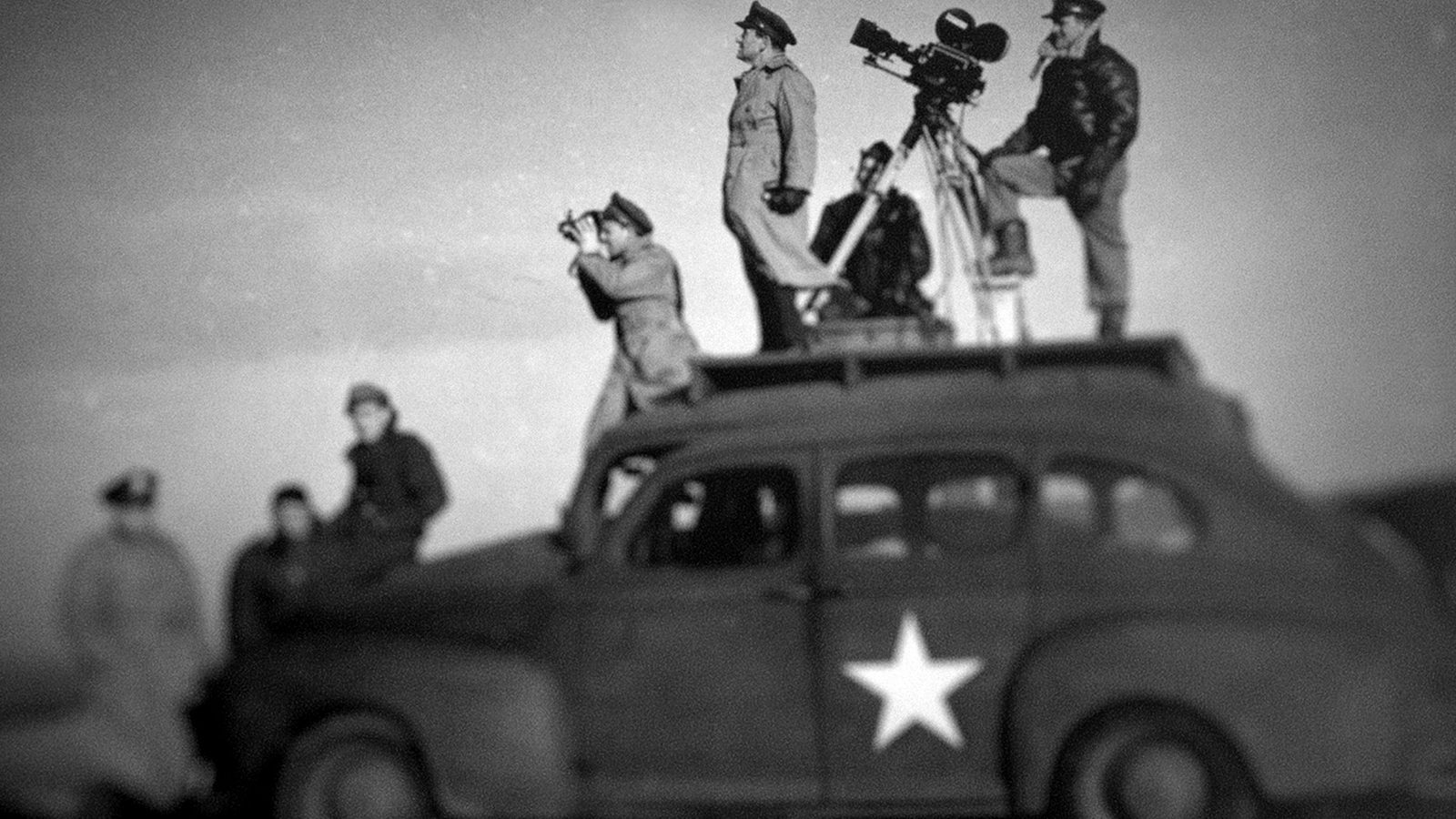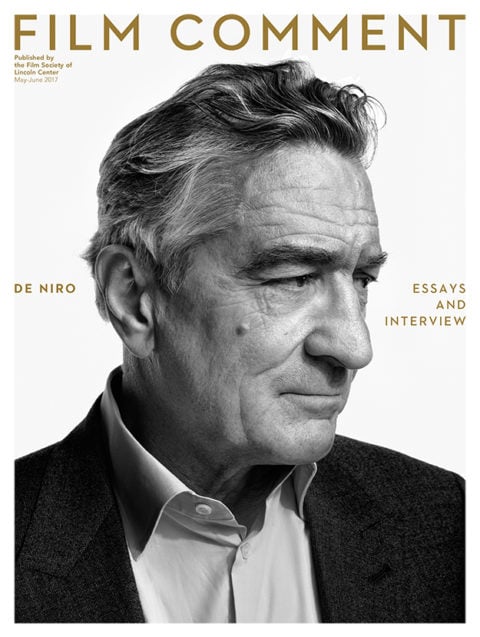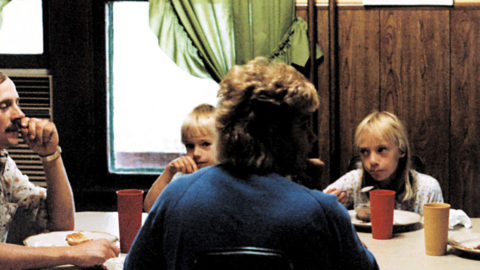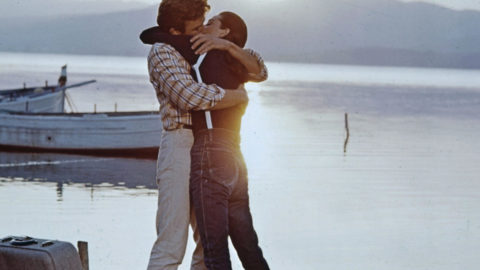
The Long Way Home
If it takes a thief to catch a thief, sometimes it takes a filmmaker to explain a filmmaker. In adapting Mark Harris’s 2014 book Five Came Back: A Story of Hollywood and the Second World War, director Laurent Bouzereau (a specialist in behind-the-scenes production docs) hit upon having the transformative wartime experiences of five top directors from the ’40s recounted by five living filmmakers, paired off one to one. This brings out affinities expected and otherwise: Steven Spielberg relates to William Wyler not just as a classical storyteller but as a proud and ethical Jew, for example, while Guillermo del Toro, whose best films find emotional underpinnings to their macabre sensualism, claims no one ever made him cry like Frank Capra.

When the U.S. entered the war in 1941, Capra was commissioned to direct propaganda films for the War Department. At the time, the triple Oscar-winner “thought documentaries were things rich kooks made,” but his inner problem-solver kicked in and the result was a series of motivational patriotic shorts collectively titled Why We Fight. Meanwhile, John Ford stormed the beaches of Normandy with his camera crew to document the D-Day invasion, Wyler (fresh from Mrs. Miniver) mounted cameras on a B-17 “Flying Fortress” and obtained startling color footage of bombing raids in Memphis Belle, John Huston captured the solitude and anxiety of servicemen in Report from the Aleutians and the ravages of PTSD in Let There Be Light, and, most harrowingly, George Stevens detailed the atrocities of Dachau in testaments to inhumanity later used as evidence in the Nuremberg trials. A maestro of light entertainments before the war, Stevens would never direct another comedy.
The visuals of Five Came Back are functional: clips, arrows-on-maps graphics, talking heads. (One wishes the series echoed Ken Burns’s comprehensiveness as well as his technique: this could’ve easily run 10 hours instead of three and a quarter, as certain topics feel too succinctly bridged by Meryl Streep’s narration.) But if ever content deserved precedence over style, it’s here, and the commentators are acutely insightful: Paul Greengrass eloquently contrasts Ford the cruel, petty, tortured alcoholic and Ford the unparalleled storyteller with deep wells of compassion for his brothers-in-arms; Francis Coppola defends Huston’s staged reenactments as containing the director’s personal truth, and speaks from experience on the near-futility of condemning war in a medium as visceral as film. Lawrence Kasdan’s presence might’ve better manifested the drama of Stevens’s tragic journey, but thanks to Spielberg’s proficiency at storytelling, Wyler emerges as the true hero of the piece: a literary, apolitical filmmaker before the war who poignantly filmed the ruins of his liquidated Alsace hometown and lost his hearing on a B-25. He (like his cohorts) wove his trauma into his first film in peacetime, The Best Years of Our Lives, which helped soldiers and civilians alike understand that from war, no one ever really comes back.






